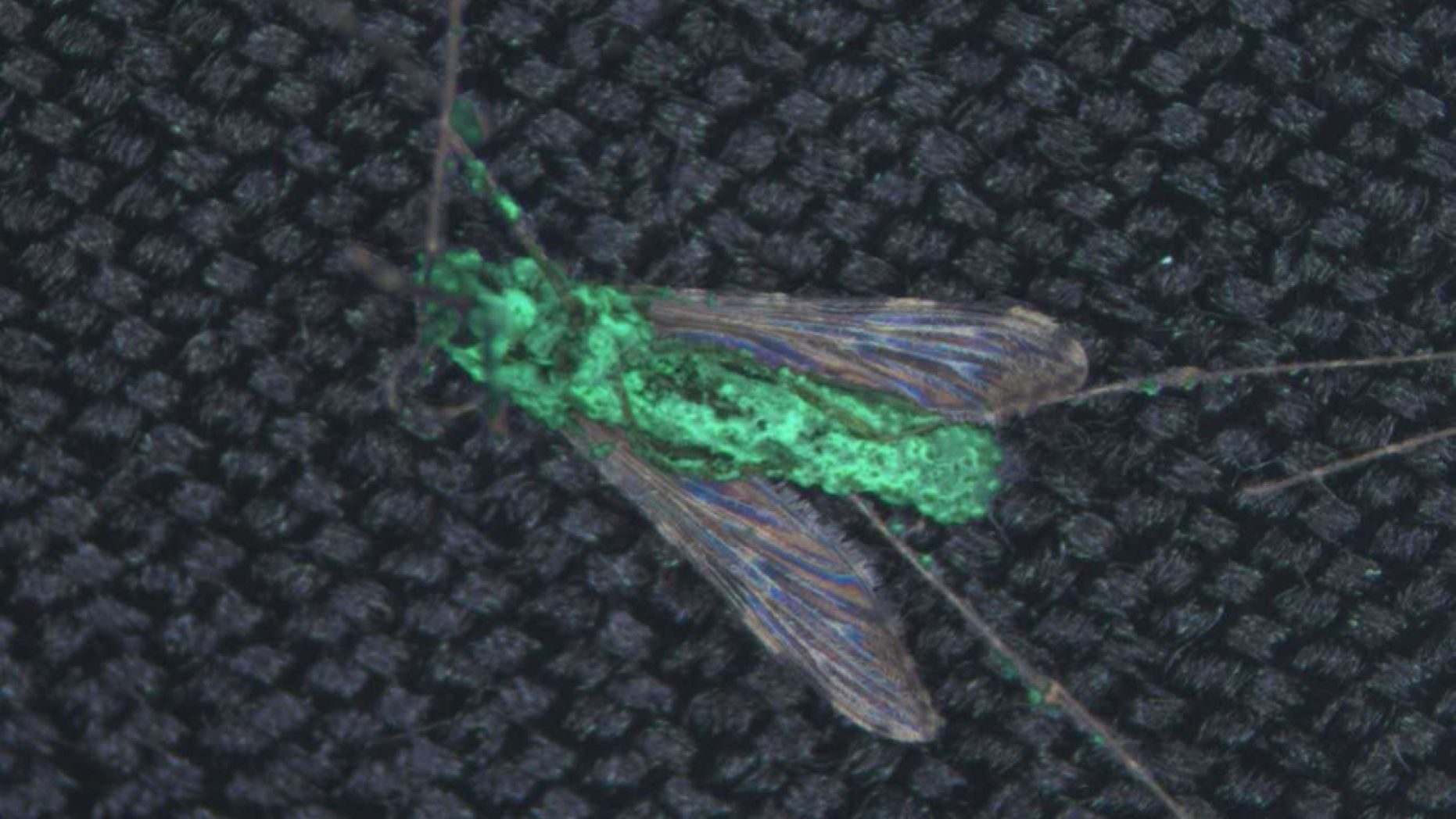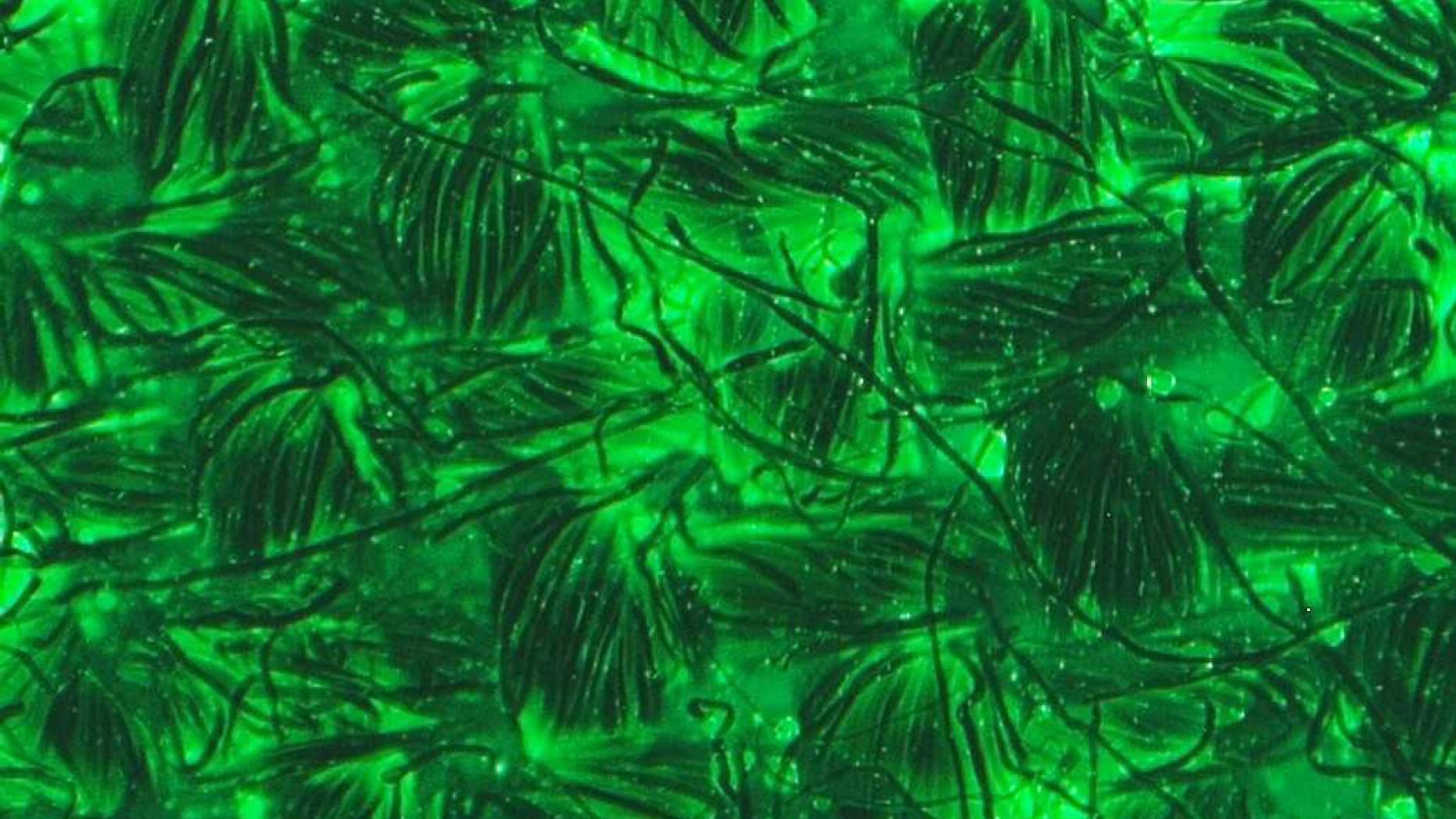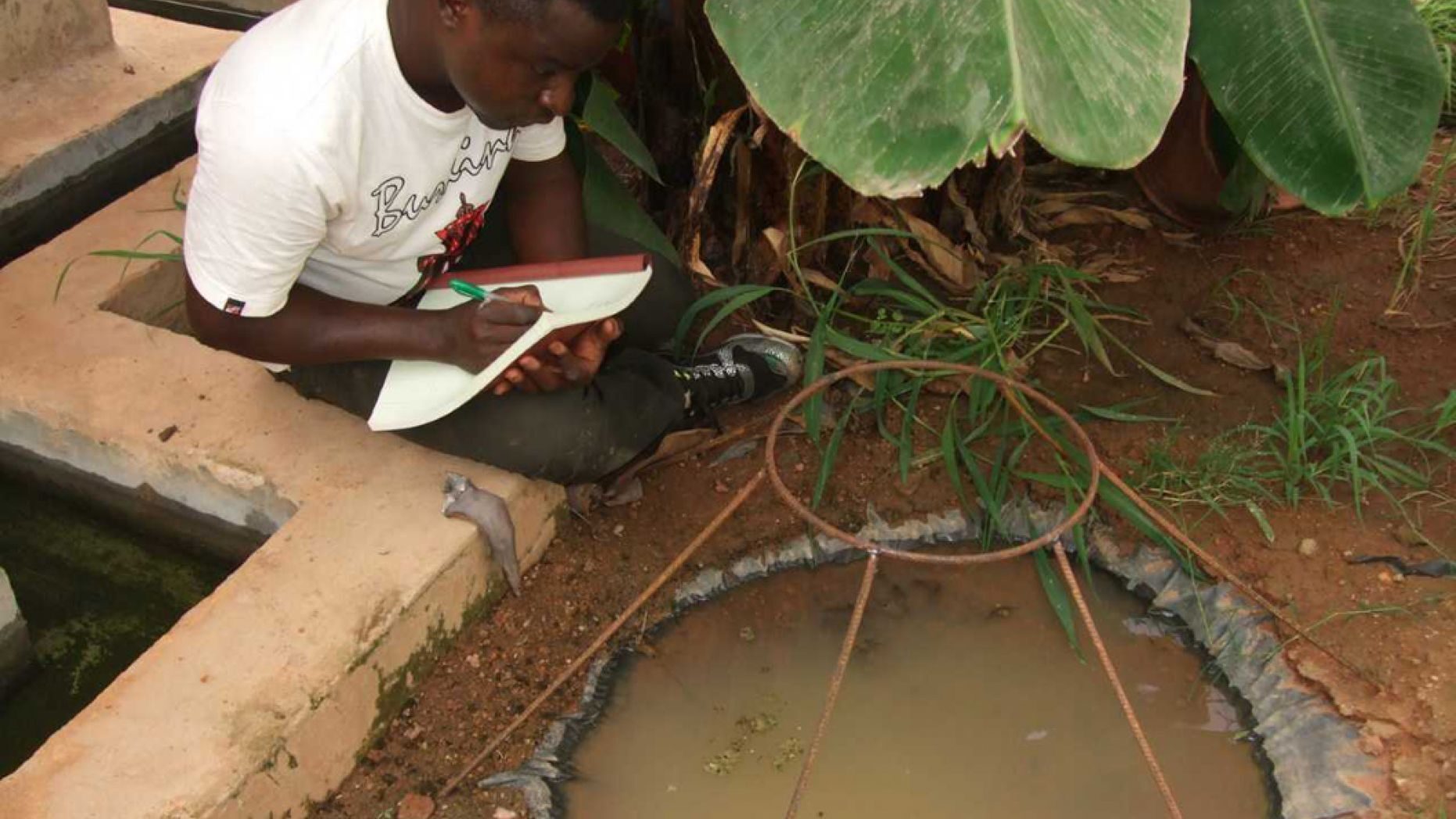
Researchers from the University of Maryland and the Research Institute of Health Sciences in Burkina Faso have figured out a way to genetically alter a fungus to produce deadly spider venom that kills mosquitoes.
The fungus, known as Metarhizium pinghaense, which is already deadly to mosquitoes even without the added venom, works so well that in one trial, it nearly killed off an entire population of the pest in 45 days.
"We are using a gene encoding a single toxin, one of the many toxins in spider venom," Dr. Raymond St. Leger of UMD Entomology told Fox News.
"The toxin has been thoroughly characterized by our Australian collaborator Glenn King and approved for use as an insecticide by the EPA, so this toxin has been confirmed to be safe for everything but insects."
Comment: An A-OK by the EPA isn't exactly comforting:
The spider venom used to kill the disease-ridden bloodsuckers is the same kind produced by the Australian Blue Mountains funnel-web spider, one of the most dangerous arachnids in existence.
The fungus has been genetically engineered to produce the toxin and, according to St. Leger, it works like a contact insecticide due to its ability to penetrate the skin of the insect. St. Leger and his team tested the fungus in West Africa, in a screen-enclosed mock village known as a "MosquitoSphere."

"We have engineered the fungus to make a toxin, but in such a way that the toxin is only made when the fungus is in the blood of the mosquito."
The hyphae, acting as the "spider fangs," deposit the toxin in the blood and it then kills the mosquito rapidly. St. Leger and his team are exploring ways to make the fungus cheap and easily available.

Some critics have noted that genetically engineering a fungus is a bad idea, as it could have unpredictable ripple effects in nature. Creatures such as bats and bees could be negatively affected, they argue.
Swatting these criticisms away, St. Leger responds: "The fungus will be used to target mosquitoes that come into homes [and] these don't really have many friends. We have tested the fungus to confirm it doesn't harm beneficial insects like bees.
"The fungus is applied stuck to a sheet providing containment and has large spores so it is not wind dispersed, [and even] if it does get outdoors, it does not survive long in the sunlight, so we estimate negligible ripple effects in the environment."



Comment: More on the 'war on mosquitoes' and genetic engineering: